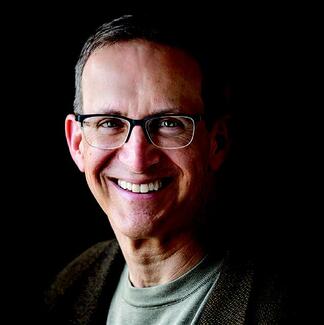A recent study found that patients had the highest overall treatment satisfaction with anti-IL-17 class therapies. The poster, presented at the American Academy of Dermatology Virtual Meeting Experience 2020, also reported more satisfaction with 4-week dosing vs 8-week dosing.
Researchers sought to evaluate treatment satisfaction by drug class and dose frequency in patients with moderate to severe psoriasis through a subanalysis of a United States web-based survey. Inclusion criteria stipulated patients were aged 18 years or older, had an established diagnosis of psoriasis that they self-assessed to be moderate to severe in severity (defined as body surface area ≥3%), and had current or previous use of systemic therapy for 12 months or more. Patients also needed to have a score of 7 to 10 (on a 10-point scale) for at least one of the following statements: agreement on “I want a medication that clears my skin more effectively,” agreement on “I miss out on aspects of my life because of psoriasis.” Patients evaluated their satisfaction with treatment attributes and dose frequency in six items rated on a 10-point scale.
Of the participants, 77% were Caucasian, and 54% were female; respondents had a mean age of 40 years and a mean disease duration of 8.7 years. Clinical characteristics of psoriasis reported included scalp psoriasis (66%), psoriatic arthritis (48%), genital psoriasis (25%), and nail psoriasis (22%). Approximately 70% of respondents were current biologic users. Most patients reported using tumor necrosis factor (TNF) inhibitors (68%), followed by IL-17 inhibitors (19%), IL-12/IL-23 inhibitors (9%), and IL-23 inhibitors (4%). Most patients were on a 2-week dosing regimen (47%); patients were also on 4-week (23%), weekly (18%), and 8 or more week (12%) dosing regimens.
Overall, 79% of patients reported satisfaction for anti-IL-17 therapies, followed by 72% for TNF inhibitors, 56% for anti-IL-23 therapies, and 55% for anti-IL-12/IL-23 therapies. IL-17 inhibitors were also rated as the most effective, convenient, and rapid therapy for psoriasis treatment as perceived by patient responses. Effectiveness, convenience, lasting effect, and speed of onset were correlated with treatment satisfaction.
Patients also rated their overall satisfaction for dosing regimens. Overall satisfaction was highest for 4-week dosing, with 77% of respondents reporting satisfaction. This was followed by 75% reported satisfaction for 2-week dosing, 64% for weekly dosing, and 55% for 8-week or longer dosing.
While the analysis highlights that patients value effective, long-lasting treatments with a rapid onset and convenient dose regimens, the authors stress the need for more study regarding treatment preferences to improve physician understanding of patient outcomes.
Reference
Armstrong A, Shrom D, Burge R, Zhu B, Gorelick J. Treatment satisfaction in patients with moderate-to-severe psoriasis by drug class and dose frequency: results from a web-based survey. Presented at: American Academy of Dermatology Virtual Meeting Experience 2020; June 12-14, 2020.
























